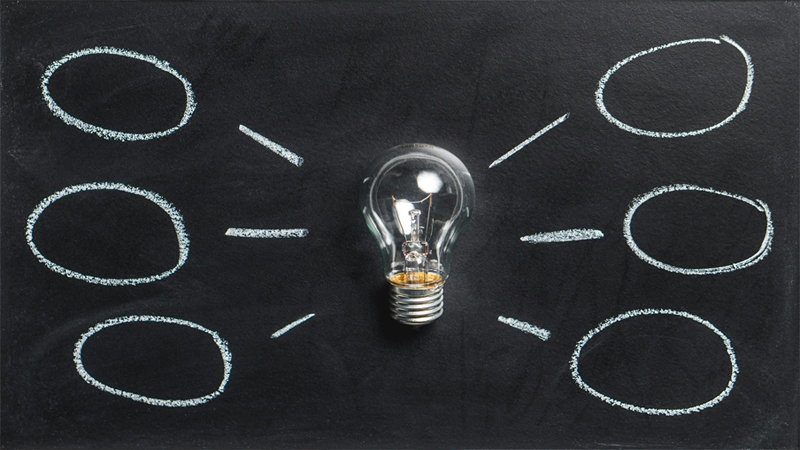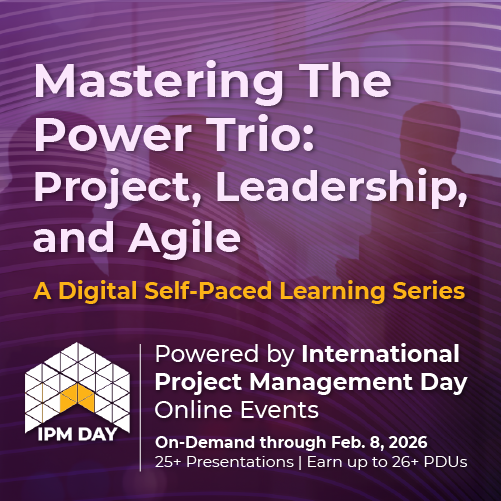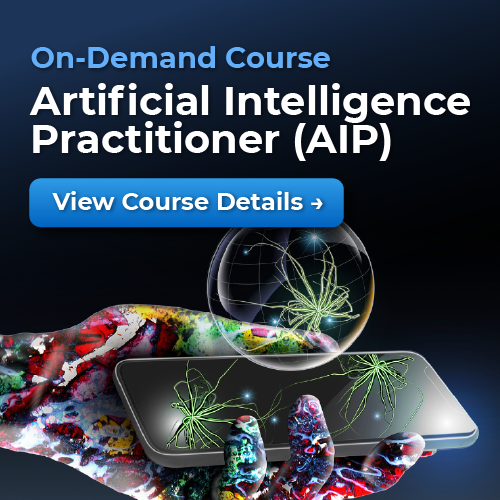By Ko Ito
June 5, 2024
Conflict can divide teams, drain members, and reduce productivity. On the other hand, since different positions naturally lead to different perceptions, dealing with conflicts constructively can increase awareness, broaden perspective, enhance team cohesion, and foster innovation. Is conflict good or evil? This question has been debated since the time of Aristotle in ancient Greek philosophy.
Level of Conflicts and Classification of Responses
The causes and responses to conflicts vary. As introduced in A Guide to the Project Management Body of Knowledge (the PMBOK® Guide), psychologists Kenneth Thomas and Ralph Kilman classified people’s conflict modes into five types. This is a framework for meta-cognition of human behavior against conflicts, not for evaluating responses as good or bad.
Conflicts can be classified into two levels: cognitive and emotional. You can gain valuable insight through constructive discussion in the case of cognitive level. For example, it’s like arguing that a cylinder is round or square depending on the direction you look at it. However, if the conflict escalates and reaches an emotional level, communication becomes ineffective, and you will have no choice but to keep a certain distance and wait until the tension cools.
It is known that dopamine neurons, which are associated with pleasure, are most active when there is a 50% chance of receiving a reward. In other words, our brain derives more pleasure from the uncertainty of a possible reward than from the reward itself. Excellent leaders understand this and set their team’s goals at an appropriate level.
Japanese psychologist Jiuji Misumi describes leadership as having two elements: performance and maintenance, which means goal achievement and group maintenance, respectively. When the team’s goal is too low, performance should be activated to increase tension, and when the goal is too high, maintenance is activated to reduce tension, controlling the stress level so that the team can always perform at its best.
Fostering Innovation Using Dialectics
“Dialectic” is a method of argument that involves the exchange of logical arguments (thesis) and counterarguments (antithesis) to create a better solution (synthesis). It refers to the process of using dialogue, debate, and the confrontation of opposing ideas to foster innovation. It suggests that through the synthesis of differing viewpoints and the challenging of established ideas, new and innovative solutions can be developed. This approach emphasizes the value of constructive conflict and critical thinking in driving progress and creativity.
To foster innovation using dialectics, we need to find the antithesis of the status quo. A good way to find an antithesis is to look for the flipside. The flipside is an opposite perspective, like two sides of the same coin. Examples include cause and effect, general and specific, means and ends, quantity and quality, part and whole, digital and analog, virtual and real, and existing and new.
When the human brain finds a flipside, it tends to choose one side to make things clear, but it is important to decide on the ratio of the two according to the situation. For example, if your financial situation is tight, you may invest in short-term and long-term initiatives at an 8:2 ratio, or when the market is mature, you may prioritize existing customers over new customers in a 7:3 ratio. It is important to do both at the same time at a certain ratio, instead of choosing one of them.
Finding Antithesis in Trade-Off Relationships
Finding an antithesis refers to identifying a trade-off relationship. A trade-off relationship involves balancing two conflicting attributes, such as cost versus quality or speed versus accuracy, or economic growth at the cost of destroying the natural environment. These contradictions are the thesis and antithesis, and the synthesis will take the best of both sides by innovation. By understanding and analyzing these opposing perspectives, one can find innovative solutions that address the trade-off, potentially leading to a more optimal balanced outcome. Innovation requires not only the creativity to come up with a good idea, but also the ability to identify underlying contradictions.
For example, products with many constraints, such as automobiles, have long-lasting innovations due to numerous trade-offs. These trade-offs make it impossible to create the ultimate all-round car, which is very good to keep the industry active. Some of the trade-offs that automobiles have include:
- Fuel efficiency and safety: Reducing weight to increase fuel efficiency makes steel plates thinner and sacrifices safety.
- Nitrogen Oxides (NOx) and Particulate Matter (PM): It is difficult to reduce both at the same time with exhaust gas measures in diesel engines.
- Durability and Driving Performance: Pursuing durability increases weight and sacrifices driving performance.
On the other hand, electronic products such as digital cameras and PCs have fewer trade-offs, and their functions matured in a short period of time, turning them into commodities and declining as an industry.
Challenging the Status Quo to Be Innovative
Everyone believes that staying in the status quo is the safest and most secure option, but that is not the way to survive. Charles Darwin, in his book On the Origin of Species, wrote, “It is not the strongest of the species that survives. It is the one that is most adaptable to change.” Compared to the natural environment, business environments change much faster, and companies that cannot adapt and change to the environment will soon be weeded out.
Yukichi Fukuzawa, the Japanese educator and philosopher featured on the Japanese 10,000-yen bill, wrote in his book An Encouragement of Learning, “If we trace the origins of today’s civilization, it all stems from doubt without exception.”
Transcending common sense is challenging, often hindering progress. The more people involved, the more likely progress will be nipped in the bud. Innovation never comes from ideas that receive many ‘likes’ on social media. Japanese physicist Torahiko Terada emphasizes the importance of doubting current knowledge. He stated that physics, like other sciences, involves both knowledge and doubt, and that scientists must embrace ignorance more than ordinary people.
The Japanese culture of valuing “和“ which emphasizes harmony to avoid conflict not only limit innovation but can also lead to corruption in the organization. Embracing constructive confrontation, a key aspect of the dialectic for innovation, is essential for maintaining innovative and healthy organization.
Ko Ito
Freelance Trainer, Translator and Course Developer
Consultant and Trainer, International Institute for Learning
Ko’s experience spans over 15 years, and he has provided various online and offline trainings in Project Management, Business Analysis, Leadership, and Agile, after working with several American IT companies including DEC, HP, and Intel.
Ko also has courses in several schools including the National Institute of Technology, Keio University, and Ishikawa IT Center Business School. Additionally, he has worked as a trainer at Botswana Public Service College in Africa.
Ko earned a Bachelor of Science in Mathematics and MBA from Waseda University in Tokyo. He finished his Doctoral Program at the Tokyo Institute of Technology, Graduate School of Innovation Management. He is the first Certified Business Analysis Professional (CBAP®) in Japan.
Visit Ko’s social media links to learn more.
Facebook: facebook.com/ko.ito2
LinkedIn: linkedin.com/in/ko-ito-japan
Twitter: twitter.com/ko_ito

Sign up for our PMI® Authorized PMP® Exam Prep Now!
Disclaimer: The ideas, views, and opinions expressed in this article are those of the author(s) and do not necessarily reflect the views of International Institute for Learning or any entities they represent





